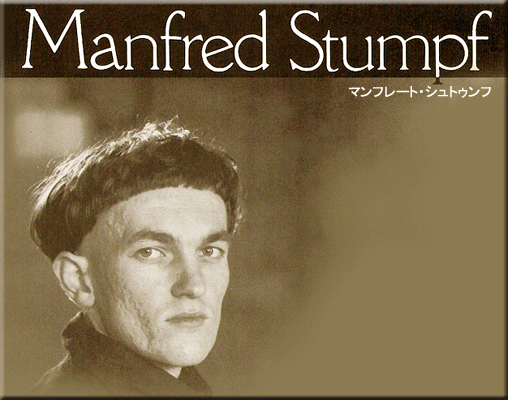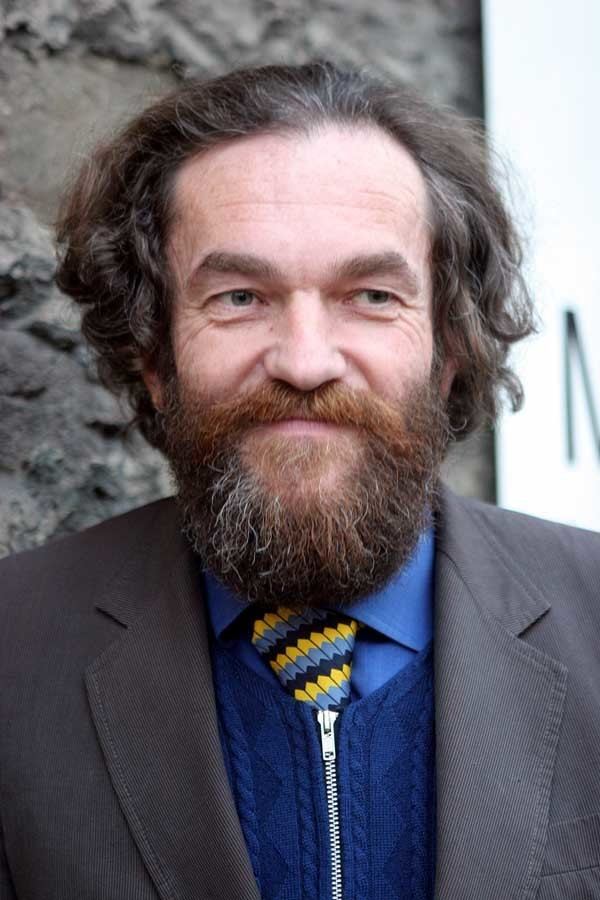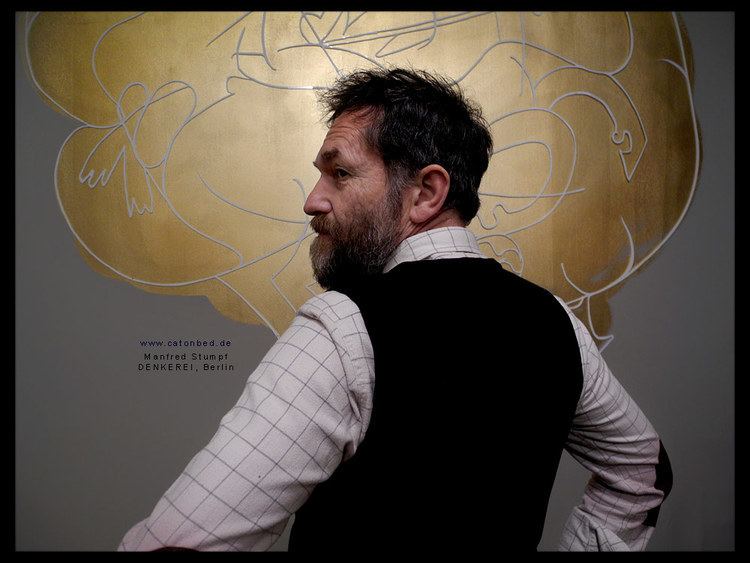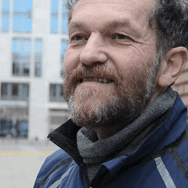Nationality German Education Stadelschule Period Contemporary art | Name Manfred Stumpf Role Artist | |
 | ||
Awards Reinhold Kurt-Kunstpreis der Frankfurter Sparkasse, Marielies Hess-Kunstpreis | ||
Manfred stumpf dancing live at roxi
Manfred Stumpf (born November 25, 1957 in Alsfeld, Hesse) is a German draftsman, Conceptual artist, and Digital artist. He started to study 1976 with Thomas Bayrle at the Städelschule in Frankfurt am Main, since 1978 with Hans Haake at the Cooper Union in New York, and since 1979 with Bazon Brock at the University of Applied Arts in Vienna, Austria. He currently resides in Romrod in the Vogelsbergkreis and Frankfurt, Germany.
Contents
- Manfred stumpf dancing live at roxi
- Short Cuts Gnade Manfred Stumpf
- Works
- Scholarships
- Awards
- Collections Selection
- References
In 1995, Stumpf became professor for figure drawing and conceptual drawing in the faculty for Visual Communication and is leading interdisciplinary projects with Prof. Dieter Mankau at the HfG Offenbach.

Short Cuts "Gnade": Manfred Stumpf
Works

"Searching for a mandatory, symbolic visual depiction, Stumpf discovered early Christianity and the Byzantine Art. He uses these conventionalized symbols for his art and fills them with actual topics."

Stumpf's developed icon "Entry into Jerusalem" (1986) emerged from there and has been sent—during the project "Contempler"—in a container around the world and is still varied by him until today.

Right from the start, Stumpf used the technical pen Rotring to work on his clear, flawless and filigree A-4-drawings. As to develop new visual depictions, he used a computer later as well—e.g. the screensaver Angeline (1994/96)—and so moved into a "spiritual/virtual" world.
In 1987, he dissolved the element of the palm leaf from his icon and transferred it onto wooden objects, covered them with red paint and placed them in his hometown Alsfeld on an acre, near the Autobahn A5 as hieratic signs.
The donkey from "Entry into Jerusalem" lives an independent life as a motif as well, for example on the huge mosaic at the underground station Habsburgerallee in Frankfurt am Main, where he carries a clock, a computer display or an atomic nucleus. The mosaic was created in 1992 and displays 66 donkeys on a ca. 7874-inch wall area.
In 2005, Stumpf created a stained glass window for the Waldhufen church in Winterkasten (Germany), which represents the "Resurrection of Jesus at Easter". The colors of the window "symbolize the transition from the dark to the light in everybodys life."
There is a long tradition to the usage of the line. We can track it from the Egyptian Hieroglyphs with its clear and sharp outlines to Middle Age Paintings, along drawings of Romanticism, the Pop Art, until today.
